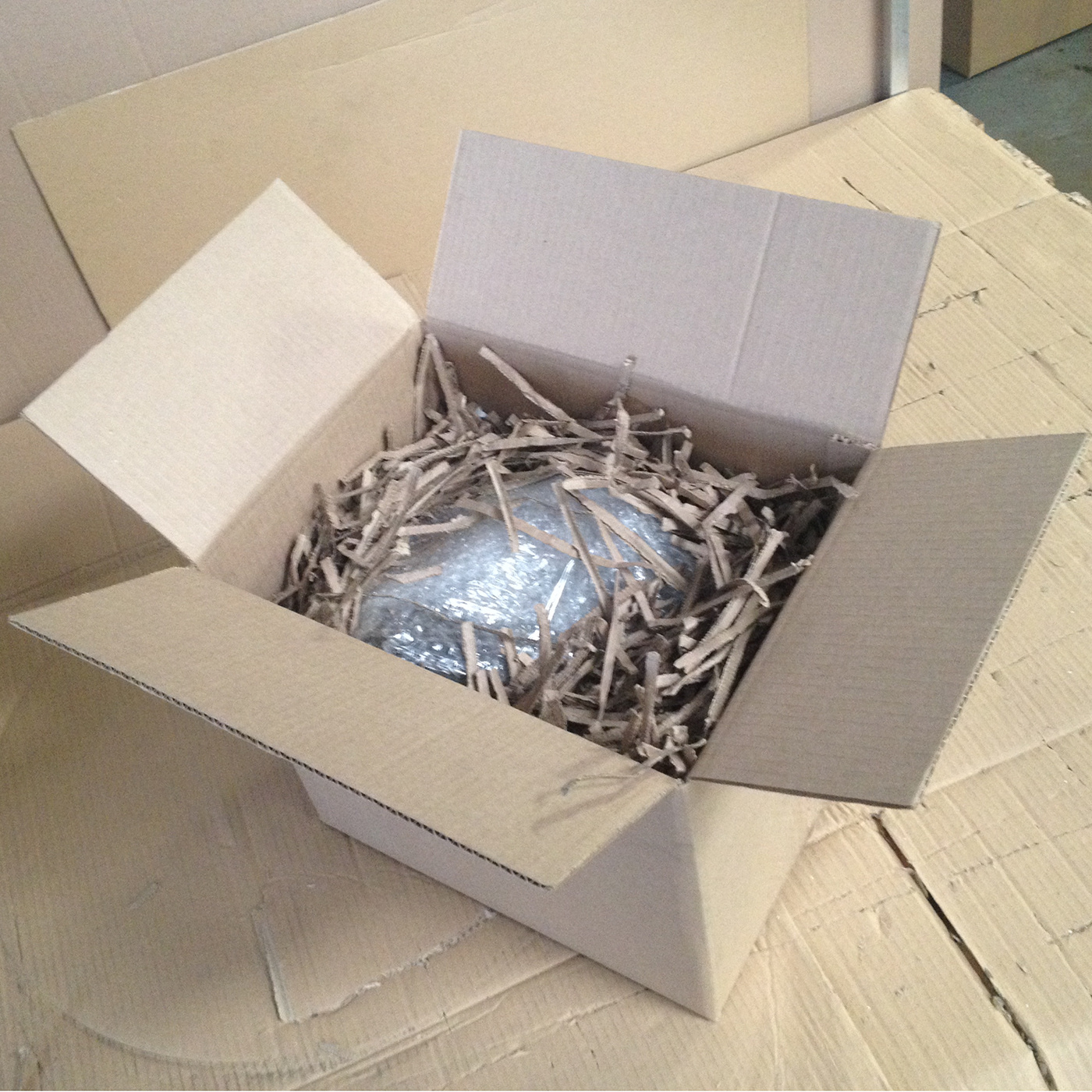Three Important Packaging Tips for Minimizing Damage While Moving

When clients entrust their items to moving companies, it goes without saying that they expect the integrity of their questions to be guaranteed. Failure to meet this basic expectation can be detrimental to both the client and the moving company. However, some certain situations cannot be avoided.
These unavoidable circumstances may lead to damage to the items while in transit. The silver lining though is that here, you will find a compilation of some steps that you may take to maximize the protective attributes of your packages hence lower the likelihood of such damages occurring while moving the items.
However, prior to delving into the steps, it is imperative to understand that packages can be damaged due to human recklessness or other different ways. Poor packaging can cause damage to items or dropping them while in transit.
The weather, mode of transport, compression, poor stacking or over pressurized packages can all lead to damage to the items being transported.
1. Box type

This is the most common packaging when moving items. It is imperative that you consider the strength and size of the box while moving. These are mainly determined by the nature of the goods being transferred. For example, large items will require substantial and sturdy boxes.
Similarly, you can divide things into smaller unit loads before putting them in smaller sustainable boxes before moving them. Reusing boxes may not be a smart move as often reused boxes are not as sturdy as new boxes.
For fragile, heavy or large items, double or triple-walled boxes are ideal. Furthermore, compression and weight on tables have to be considered when you are moving heavy items.
2. Void filling

Empty spaces in your packaging containers may often cause damage to your items while in transit. This is due to the items having to hit the walls of the packaging box as you are en route.
The void filling is a vital step to ensure you minimize the damage as you move the items. You can fill the void with affordable protective materials such as bubble wraps, polystyrene and packing paper among others. These will minimize the movement of your items in the packaging boxes which may often cause damage.
3. Sealing and stabilization

Sealing is vital when moving your items. It ensures that your questions are confined within the packaging box as you touch them. It comes in handy in case your tables overturn while in transit.
You should seal your packaging boxes with sturdy, quality and pressure sensitive parcel tape. The tape will ensure that your items are resistant to odors and moisture.
Furthermore, the arrangement of the packages is fundamental. You should ensure that the boxes are arranged in such a manner that they will not move around easily but they are not too compressed either.
You should also take into account their weight when stacking them. The heavy boxes should be kept at the bottom. The other tables should be arranged in such a manner that their weight decreases as you go up the stacks.
It is also essential that you maintain the integrity of your pallets. You should not drag them, ensure your leaderboards have integrity and your staff is well trained to handle the pallets safely.
Similarly, you should evaluate your boxes before you start loading the items. Noticing defects before this can minimize damages. The firm you contract should also be reliable to meet the safety needs your questions may require.
